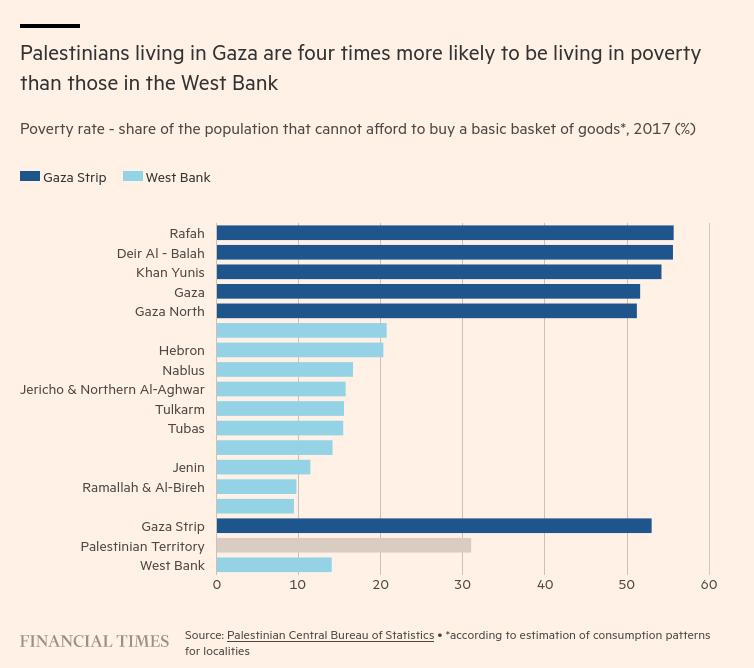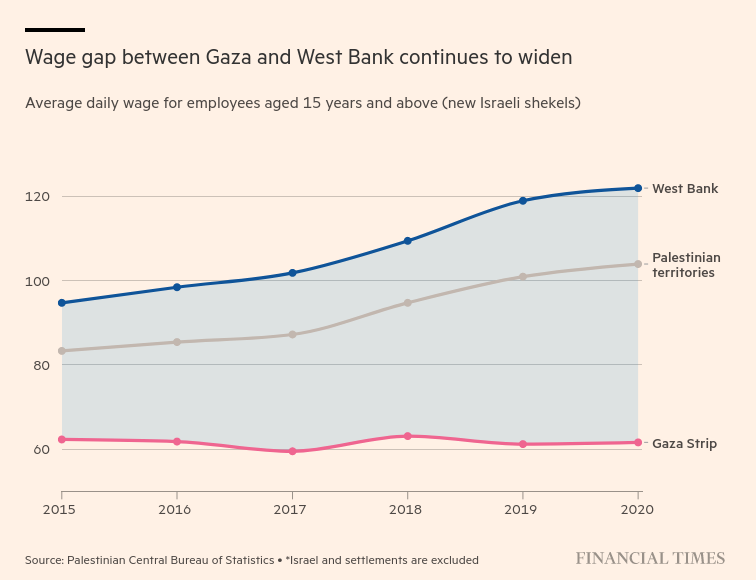October 16, 2023
Poverty
- October 17, 2023, is the International Day for the Eradication of Poverty.
- 2023 UN Theme: Decent Work and Social Protection: Putting dignity in practice for all
- UN's website for the International Day for the Eradication of Poverty.
Note: Measuring income inequality should not be confused with measuring or dealing with poverty. The policies that seek to address income inequality and poverty can be similar, but operate in unique frameworks at the state level and address different aspects of employment, unemployment, and those communities at risk of poverty.
Background
Capitalism creates unemployment. Without intervention in the economy that puts profit rates at risk, there is a normal rate of unemployment that capitalism creates. Contrary to neoclassical claims, it is not the intervention in the economy that creates unemployment. Stimulus policies can raise employment for a while, but as profitability declines (because of lower than normal rates of unemployment) unemployment will be forced up again.
Contrary to the claims of (post)Keynesian theory, there is a limit to the intervention in Capitalism to maintain low unemployment unless policies also manage wages, prices, and profitability.
It almost goes without saying, but employment is the main way that people receive income under capitalism. Areas with lower incomes have lower rates of investment in social programs and infrastructure. Together, low income and low investment results in higher rates of poverty for the un(der)employed.
In non-war areas, unemployment (and underemployment) is the main cause of poverty. A lack of adequate social supports for social reproduction such as social services, child care, community housing, and health services all contribute to keep those who are un(der)employed in poverty.
Neoliberal policy efforts to prop-up profitability have come at a cost of cutting public services and have directly committed to sustained poverty rates in Canada.
Contributions to sustained poverty in Canada:
- The affordability crisis due to post-pandemic inflation, loss of pandemic-related transfers.
- Food costs.
- Housing costs for those at lower end of economic spectrum seeking affordable rental units.
- Precarious employment, unregulated gig work, misclassification leading to unstable employment and income.
- Labour protections/unionization rates continuing to be low in the private sector.
- Pain drugs crisis resulting from Opioid addiction and continuing Fentanyl access.
- Ongoing mental health crisis.
- Diminished access to public support services through decades of cuts and downloading of frontline services to underfunded cities.
- Access and cost of training for new jobs.
- Competition for unskilled jobs even in a "tight" labour market in some areas of the economy sustain low wages.
- Childcare costs and access.
- Eldercare costs, including housing supports for elderly.
- Pharmaceutical costs increases and lack of national public drug plan.
- Fixed retirement incomes. A significant percentage of those in retirement still do not have access to indexing forcing return to labour markets.
- Social assistance rates remain mostly unchanged from pre-pandemic 2019. These rates directly impact those on disability supports.
- Indigenous community access to employment, social services, and drinking water.
Certain communities experience higher risks of poverty:
There was little difference between the poverty rates of cisgender women (7.9%) and cisgender men (8.2%) in 2020. However, transgender men (12.9%) and women (12.0%), were more likely to experience poverty than their cisgender counterparts. More than one in five (20.6%) non-binary people lived in poverty, more than twice the national rate.
Other than Filipino Canadians, the poverty rates in racialized groups were all significantly higher than the national rate of 8.1% in 2020. Close to one in five (19.0%) Korean Canadians lived in poverty in Canada, more than twice the national average and the highest rate among all racialized groups. Among South Asians, the poverty rate was 10.8% in 2020, while 15.3% of Chinese and 12.4% of Black Canadians were living in poverty in 2020.
Refugees and recent immigrants are more vulnerable to poverty. The poverty rate of immigrants declined by more than half from 2015 to 2020 (from 18.8% to 9.1%). (StatCan)
Analysis
An individual's or community's poverty and solving poverty are addressed through different policy programs. The goal for an individual or community's poverty is to reduce the amount of time that individual or community faces poverty.
An individual's or community's poverty is addressed through solving for:
- Underlying issues of economics (and social exclusion) that both create and maintain unemployment or underemployment.
- Missing, mismatched, or inadequate social and economic supports for those experiencing poverty.
- Access to programs/tailored social supports that can find housing, training, employment, and additional supports to move out of poverty.
Poverty in Canada continues to be too closely affected by affordability in access to housing, food, and health services. Transfers to those at risk of experiencing poverty along with social and employment supports are the only ways to address risks of prolonged individual experiences of poverty effectively.
To solve poverty takes a much wider approach though dealing with the root causes of poverty and unemployment in the economy.
Global poverty and the UN
The global poverty headcount is calculated by counting below the $2.15 a day at 2017 purchasing power poverty.
- Extreme poverty experienced by 8.5% of the global population: 670M people
- UN models of poverty creation and expansion of social program support show that 7% of the population will be living in poverty in 2030, the majority concentrated in sub-Saharan Africa.
The pandemic saw a rapid expansion of social programs that pulled a significant number of people out of extreme poverty. However, even with the expansion, 4 billion people are currently unprotected by any such programs.
Countries do not share a common way to measure poverty since "poverty" can mean different things in different contexts and under different economic and social protection systems.
Canada
New(ish) Metrics
In Canada, measures of poverty shifted from the Low-Income Cut-Off to a Market Basket Measure (MBM) in 2018 to support Canada's commitment in line with the UN Sustainable Development goals. A 2023 review of MBM is currently ongoing.
The MBM is a measure of poverty that takes into consideration more regional variations in access to structural supports and income levels.
The shift to the Market Basket Measure in Canada in 2018 allowed a revisiting of historical poverty rates. Going back a decade, this metric declined in the lead-up to the pandemic as economic conditions lead to the unemployment rate declining almost every year since the 2009 crisis.
Indigenous poverty
While the government does include indigenous workers outside reserves in poverty metrics, the government does not measure poverty on First Nations communities and indigenous communities in the North on a yearly basis.
The government also does not publish low-income data on reserves and does not measure poverty as uniquely experienced by those on First Nations communities.
In various studies that Statistics Canada and government has carried-out, First Nations have outlined that the metrics used to measure poverty rates in these communities must be specific to the lived experiences in those communities. Specifically, the poverty rate must exclude income as a main factor in these measures.
A review by the government is ongoing to establish a rigorous MBM-North measure for Inuit communities and a measure of poverty specific to First Nations communities. Both of these measures include "non-income-based measures of poverty, that reflect the multiple dimensions of poverty and well‑being experienced by First Nations, Inuit and Métis".
Anti-poverty policies
It was not directly anti-poverty policies of the government that lead to the decline of unemployment in Canada over the previous decade. Instead, declining poverty and unemployment was a result of the declining interest rates as central banks and governments propped-up profitability. This increased profitability also resulted in propped-up growth in employment.
Poverty rates are directly related to housing costs with increasing rental costs directly impacting poverty rates. Housing costs and poverty are clear in Canada when comparing poverty rates in Quebec versus other parts of the country. Housing is significantly cheaper in Quebec.
In addition to supporting the economy, declines in the poverty rate for the elderly was reduced through automatic enrollment in Old Age Security, a program that has been essential to reducing poverty of those over 65.
Direct transfers such as the Canada Child Benefit (CCB) have resulted in a structural decline in the number of children living in poverty. However, single parents are still five times more likely to experience poverty than couples.
Poverty rates dropped significantly in 2020 as pandemic stimulus measures were implemented across the world during the pandemic. This decline happened in spite of unemployment skyrocketing because of the massive expansion on direct payment transfers to individuals and a spike in support for redistributive policies for the unemployed.
The official poverty measure has increased since the historical low of 6.4% reached in 2020 to 7.4% in 2021 because of the elimination of those pandemic-relates social supports and money ("excess savings") ran out.
Statistics Canada states that many families still remaine more vulnerable to downturns in Canada's economic activity—such as during a recession.
Palestinian poverty

